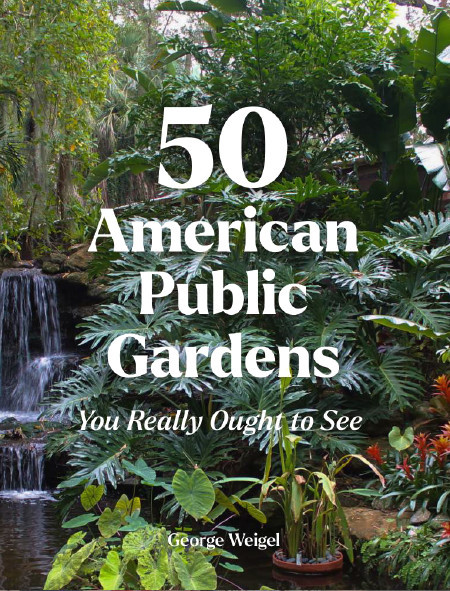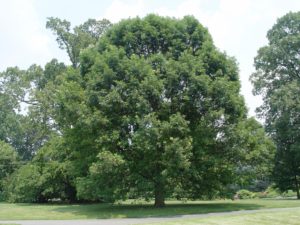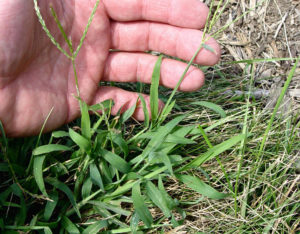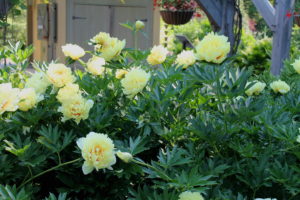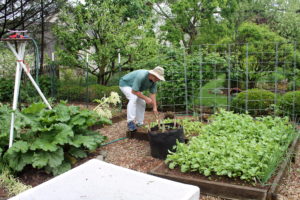10 “Climate-Smart” Trees that Can Take Our Future Heat
April 27th, 2021
Our climate isn’t like it was just a generation ago, and our plants are showing it – especially trees.
Many of Pennsylvania’s recent tree demises – from diseases on spruce and firs to branch diebacks on Japanese maples to “mysterious” deaths of sugar maples – are directly or indirectly related to climate changes.
The U.S. Department of Agriculture’s Climate Change Resource Center says we’re on a road toward wetter, warmer, and less snowy winters; earlier springs; hotter, drier summers; more extreme fluctuations between heavy downpours and “flash droughts;” more erratic temperature swings; longer, drier autumns, and new bugs, diseases, and weeds that didn’t use to withstand our colder winters.
All of that is taking a toll on trees – particularly those that don’t adapt well to change and that don’t do well in hotter weather.
Gardeners, urban foresters, and public gardens such as Longwood Gardens and the Chicago Botanic Garden have been documenting that some species are struggling more than others.
Of 50 trees the Chicago Botanic Garden studied, for example, 10 were identified as ones that won’t fare well 30 years from now – American and Greenspire lindens, shagbark hickory, Black Hills spruce, American hop hornbeam, katsura, Norway spruce, Sargent cherry, amur maackia, and Serbian spruce.
The U.S. Forest Service also identified beech, sugar maple, gray birch, eastern white pine, and black cherry as others “vulnerable” in the climate that’s unfolding.
Knowing which species are best equipped to adapt to the future climate is good to know because trees are such long-term investments.
As Penn State Extension urban forester Vincent Cotrone wrote in a post on tree selection, “We need to take into account whether (a tree) can handle conditions in 20 to 30 years. If we decide to plant 50 new street trees of a given species, and they begin to decline and die off in 10 years, we have just wasted time and lost 10 years of establishment.”
If you’re planning a new tree or three, it makes sense to take into account the likely future conditions as well as “conventional” selection factors such as light, soil moisture, available space, and whether the species is a prime target for those deer that are lurking nearby.
Based on studies by the Chicago Botanic Garden and the U.S. Forest Service’s Northern Institute of Applied Climate Science, below are 10 of my all-around-best tree choices that also are equipped to handle future heat. Let’s start big and work small…





